Some plants like old loves stay in the memory forever and one plant that certainly has been with me for over thirty five years is the giant gunnera and is one of the first architectural foliage plants I think of for any wet land planting scheme . Mostly gunnera is too big for small gardens unless you build a corner planting around it and the big drawback is that when it dies back in late November it leaves a gigantic hole in the border and I solve that problem in this garden by mainly having it as a waterside plant where the gap is not as noticeable and of course on the plus side there is nothing as thrilling in the garden as the new gunnera leaves peeping through the dead foliage in early March .
Gunnera likes to be beside water but not in water … somewhere moist where the roots can seek out water but the plant itself likes to have dry feet …. a little shade or at least not full sun is best …. find those conditions and the gunnera will reward you with leaves a metre across . I saw a group of giant gunnera for the first time in the garden of our family doctor , Jack O’Donnell , in Rosslare over 30 years ago and was amazed … Jack generously invited me to take chunks from the plant ( with most plants you talk in divisions or slips but it is ” chunks ” with gunnera !) and I have been hooked ever since on gunnera .
Even if you have a dryish garden don’t give up on the idea of having gunnera … I grew them successfully in my Rosslare Strand garden for over fifteen years as you can see from the photo taken in 1990 with my kids in the foreground but it meant putting a hose on them for an hour every few days throughout the summer months … the hose was put on the gunnera not on Claire , Kev, Dave & Diarm I hasten to add … NOT that it would have done them any harm now and again !!
As regular readers will know I have a fondness for using in the garden anything with a history , be it an old pot or piece of farm machinery and this week I was having a coffee with Pacal Mansfield, a friend , who has rebuilt the terrace at the back of the house and he mentioned he was currently renovating a shop in the middle of Old Clonmel just beside the Main Guard which was once owned and lived in by Charles Bianconi , an Italian , who moved to Clonmel in 1815 … in the process the main chimney over 250 years old had to be dismantled and rebuilt with modern brick and Pascal mentioned that there was some fabulous stone coming out that needed to be dumped … always on the look out for natural stone especially from old buildings I jumped at the chance to provide a dumping ground for Charles Bianconi stone !
Bianconi is famous for establishing the first coach service in Ireland operating 24 hours daily from Clonmel becoming a millionaire in the process … now stone from his house here will be recycled into walls of some raised beds I intend to build here .
Early Spring colour in the garden
Early morning frost in February
The new paths we put in the lower field last May have been a great success so much so that I can’t imagine the garden without them however not such a great success has been the planting of a curving border with cornus’ and pampas grass and the problem really has been that I had put the paths in a year after after the border and made the new path fit the border instead of the other way round however at that time the idea of paths through that area had never occurred to me and now I can see two years after planting that the border doesen’t really work and in fact actually takes away from the overall effect … so the border has to go !
I can find a home for the plants as they are only in the ground less than two years so will transplant easily to other areas of the garden .
It was a case then of “ hold that thought ” when I got the idea for change in January on one of those dark miserable days and I thought what‘s needed here is something to lift the entire pathway and what better plant then the silver birch jacquemontii so this week I put in a curving walkway of the white stemmed trees along the natural curve of the path , nine trees in all at four metres apart and I think it improves the path and already has lifted the design .
Regular readers will know that the silver birch is my favourite tree of all , fabulous in winter with it’s snow white peeling bark and lovely gentle leaf in the summer months and with a great shape this tree has it all and will tolerate any position apart from water logged ground and even there it will grow if you plant on a raised platform of built up earth . There are over sixty species of silver birch but the most popular silver birch is the pure white variety jacquemontii which unlike the common native birch has white bark even as a sapling sold in a pot for 39 euros in the garden centres so you know what it will turn out like but there are three other varieties worth trying if you come across them , ermanii and papyrifera . We get quite a few self seeded native silver birch on the edge of the water garden area and although not as white as the more famous jacquemontii they still grow into a fabulous tree and not being nursery grown they have a lovely informal multi branched shape .
In the last week I had new wiring put up along a boundary fence where the deer have been active since we blocked their main entry route last year , it took them a while to figure out a new route down through my neighbour’s fields and even though this area is seemingly blocked by streams on both sides of the fence I found deer tracks where they were jumping across a five metre stretch and I then took to walking down there very early in the morning and sure enough came across five stags waiting to cross so this made my mind up but short of creating an Alcatraz type situation here we won’t be able to completely keep deer out .
So far in the past ten years deer have eaten two orchards we put in but hope springs eternal and this week we planted up a small group of ten fruit trees , two damsons trees , one quince , one mulberry tree , one plum tree and five apple trees and if this fails well then my bambi friends that may encourage me to buy a shotgun and venison steaks will be in the freezer !
My favourite early morning walk in winter and early spring is along the stream facing east as the early sunrise backlights the water and adds some nice contrasts … Toby who is good at seeing food possibilities usually comes with me but unfortunately Toby doesen’t feel the need to expend any time or energy in chasing deer !
Snezana , who is not good at working in the garden under any direction most of all from me , usually finds a corner that I have overlooked or an area that has been neglected and comes into her own by cleaning it up and finding possibilities for new ideas and her latest is the old whitethorn wood area which we first cleared in April 2010 and planted with an apple orchard … eventually the deer stripped the bark off all of the trees and one by one they died with the result that I gave up on the area and just kept the grass cut there . This time we prepared better and got Peter Cullen in to fence the boundary ditch against the deer and then reclaimed with a digger quite a bit of land by cleaning up the ditch back to the original stone ditch built over a hundred years ago , the plan is to build a small patio at the end to take advantage of the south facing aspect and plant up the little stream with bog plants and hopefully with nearly all the garden now deer proof fenced we can establish a nice feature garden there .
The new orchard in the whitethorn area and lets hope this one can avoid being eaten by the deer !
We also cut back a lot of trees , mainly willows as they respond well to taking out the thicker branches as this encourages younger growth which will have sharper colour , the heavier branches were cut up into logs while the lighter branches were put through a commercial shredder which I will spread across the various shrub and perennial beds to act as an organic mulch and weed suppressor and last year I had great success with this wood mulch on the fern bed in the lower wood area .
March is the last chance to cut back ornamental grasses such as miscanthus as leave it any later and you will be cutting into the fresh new growth , I like to leave the old growth over winter as the plant still has an architectural look and gives height to the borders when there is not much else to look at but this week has witnessed a massacre of the grasses !
March is also the month that if you can get a dry spell of seven days in a row you can get a lot done and today , March 23rd was a typical seven hour shift … give the grass it’s first cut of the year ( 3 hours ) , move a large pampas clump of recardii into a better position in the lower field , move two small tender alpines to the new rockery filling the planting area with a mixture of soil and gravel , clean out the stream of water cress and invasive parrot feather (2 hours ) , cut back the tussock grass groups along the wooden walk way in the water garden ( 1 hour ) , replant some water iris and reeds culled by accident while cleaning the stream into a new area , move a pot to the wood , load a consignment of stone and trailer it to the new raised beds I plan to build in the lower garden , completed cutting back the miscanthus grass … I had hoped to split some established gunnera clumps and move to the new water side area in the whitethorn area but after a break in the sun just relaxing , I ran out of time so this will wait until tomorrow .
Another area that Snezana has been harping on about for the past few years is the rockery and particularly the rubus tricolour and self sown common willows both of which have gone wild all over the area … I liked the unruly look of the rubus but she was right as I had left the whole area slide into a jungle in recent years so Peter took his JCB and scooped out all the willows and I burnt off the rubus .
Seeing the site clean again and with Peter with the digger in the garden gave me the idea of redesigning the entire rockery by carrying up two huge pieces of natural rock from separate areas of the lower garden and positioning them together on the slope to give a zen like look , repositioning the Japanese stone lamp to the area changed the entire slope and gives a new look to the entrance to the lower garden . We will take our time with any planting and it may be that less is best and that we just cover the area with gravel but for the moment we are delighted with the new look .
The new area takes shape !
All this gardening is hard work !!
Tulips originated from Central Asia Eastern growing wild on rocky terrain and were first domesticated in Turkey in 1100 AD , brought to Europe in the 16th century where the Dutch mastered their propagation and became so sought after that a single bulb sold in the 1660’s for the price of a house in Amsterdam . I don’t have much success growing tulips as although classes as a perennial they hardly ever come back the next year on our heavy soil and this is common for most people as tulips rarely last even in the best soil for more than a few seasons not that the gardening trade , it’s books and magazines will ever admit that as tulip sales are a huge golden egg in the gardening trade .
I never plant tulips now , still love them mind you and I took this photo in Topkapi Palace in Istanbul where the massed display was stunning one morning in early May five years ago .
A Happy Easter to you all !


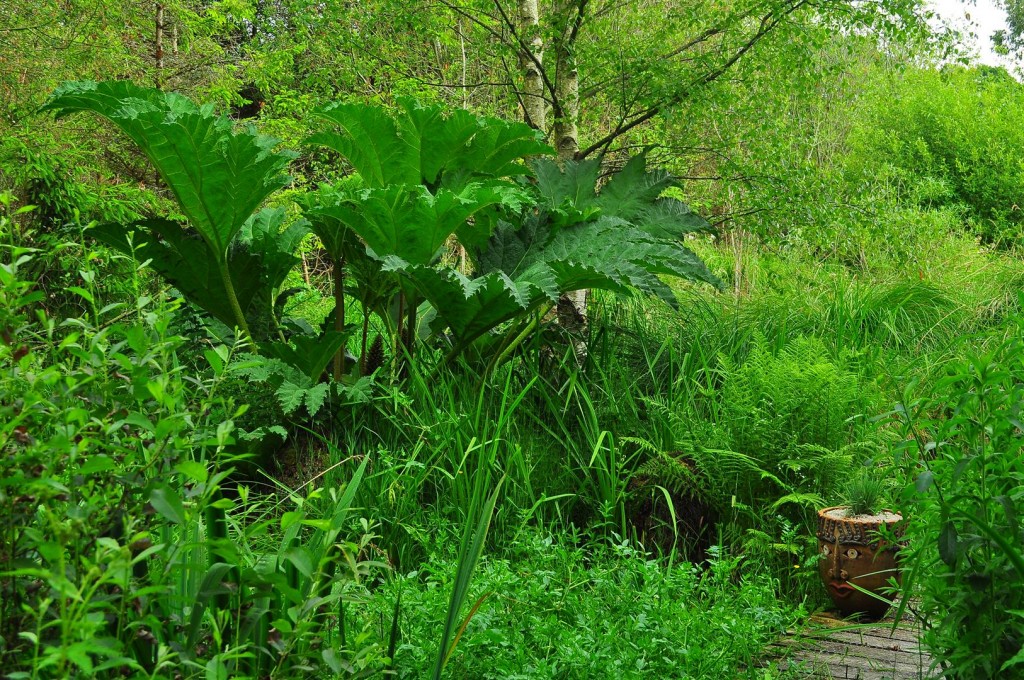

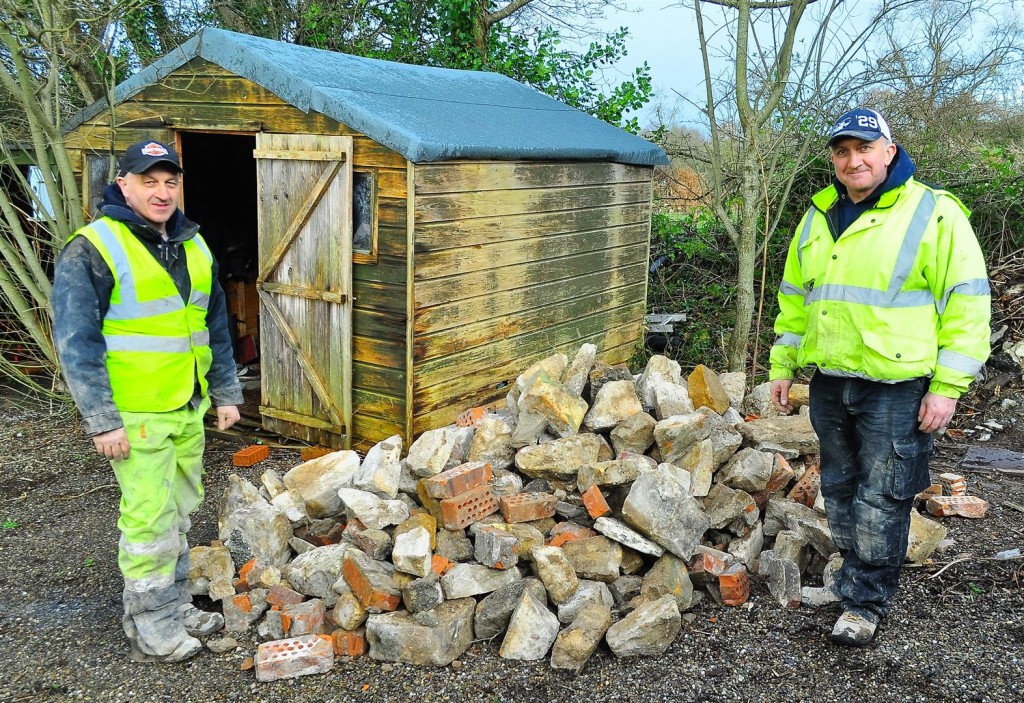
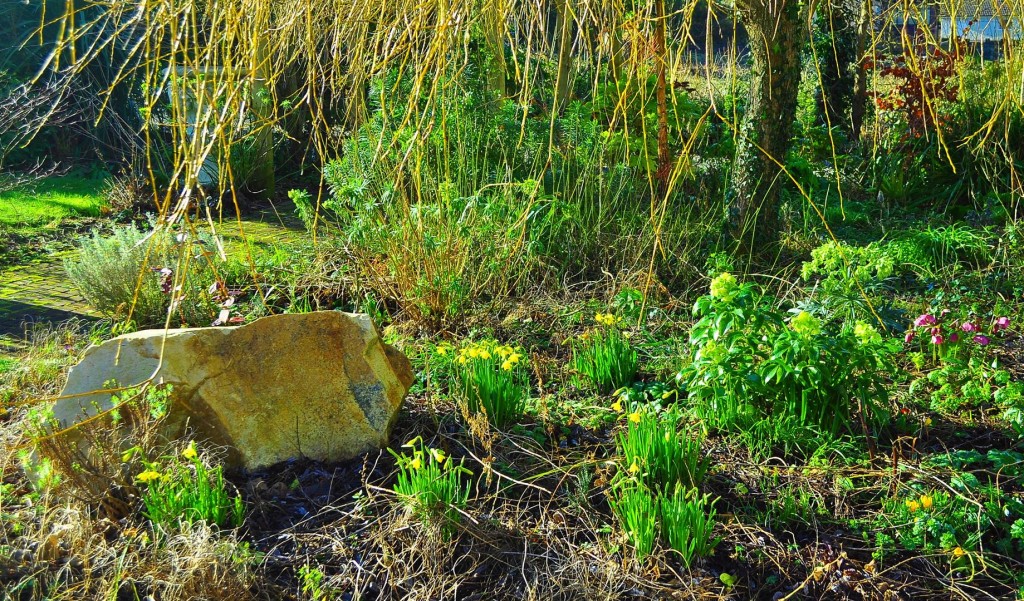
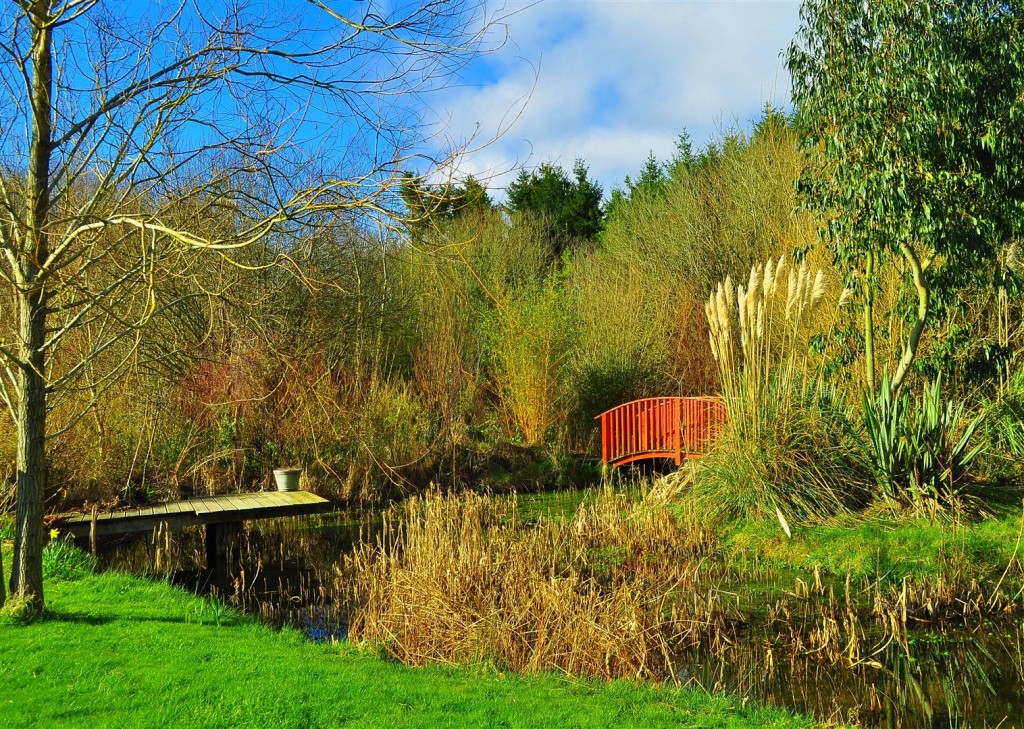
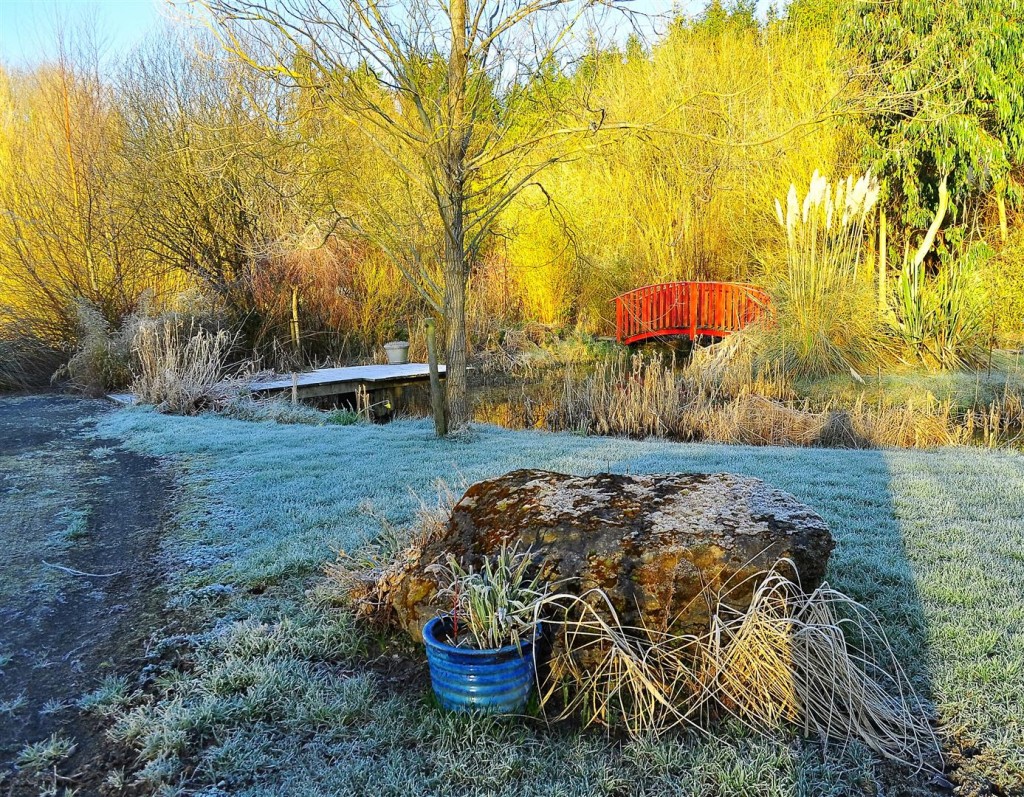

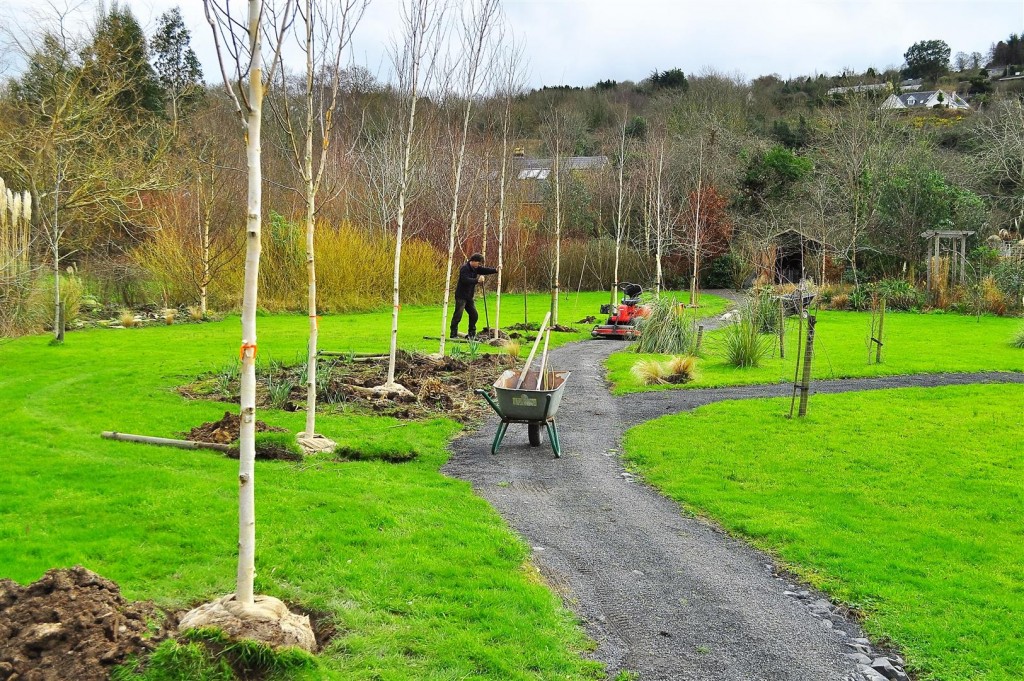
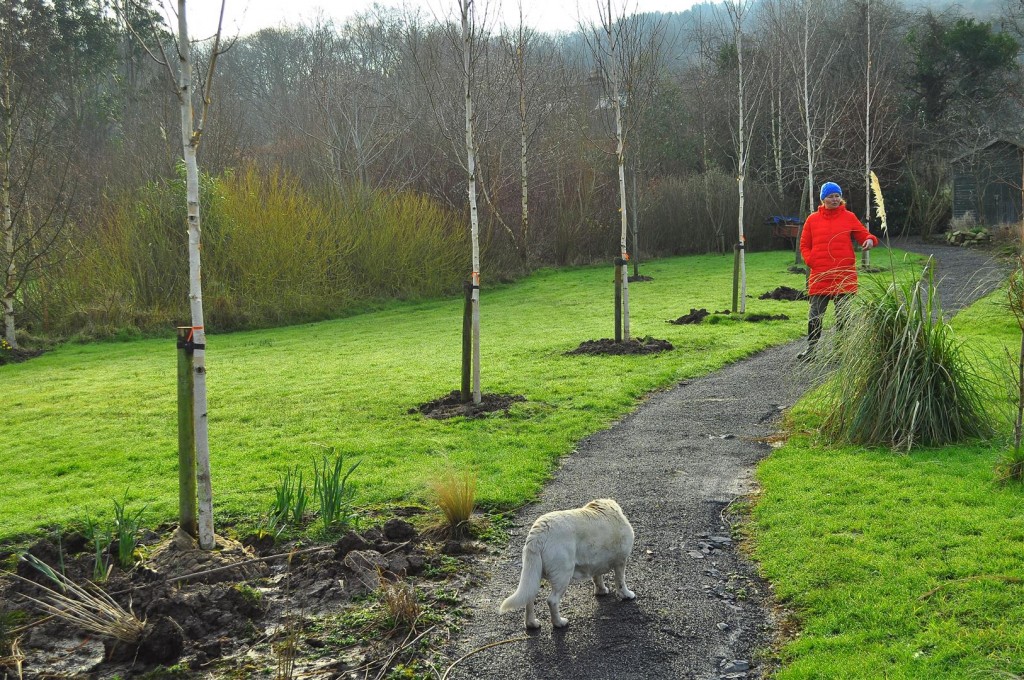
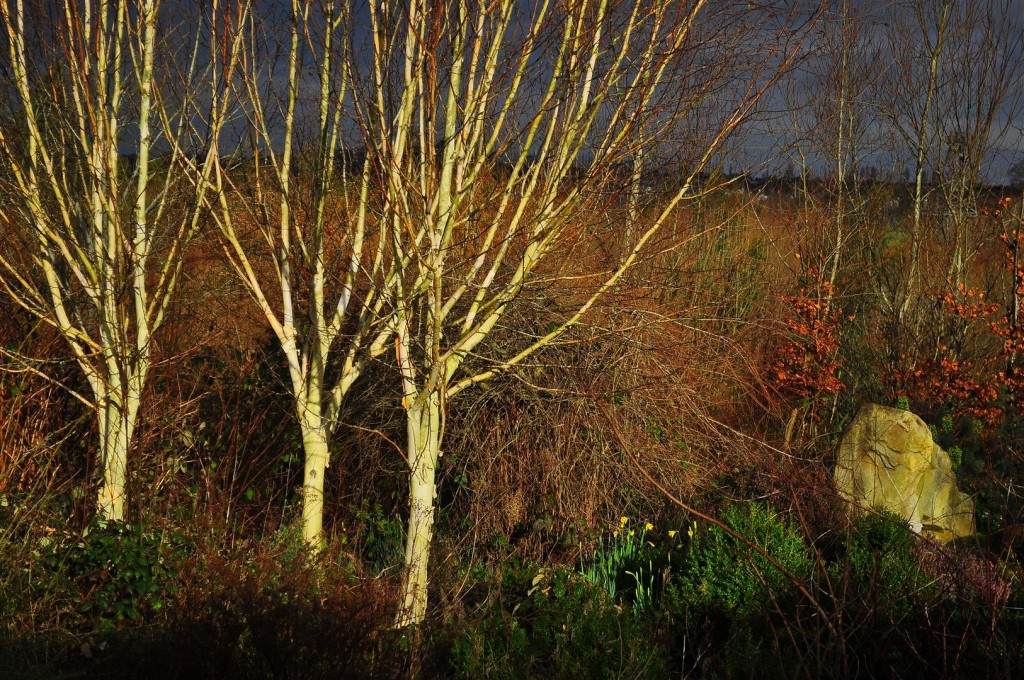
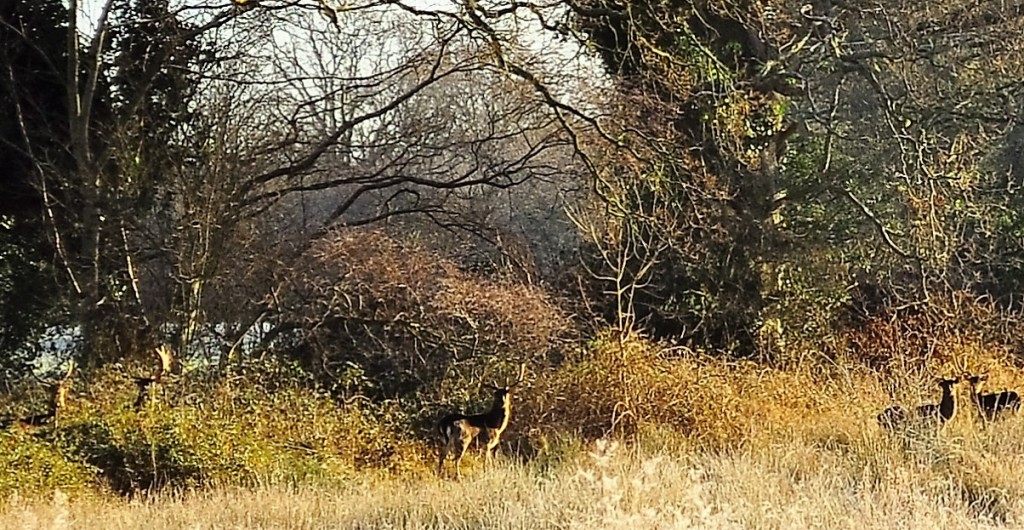
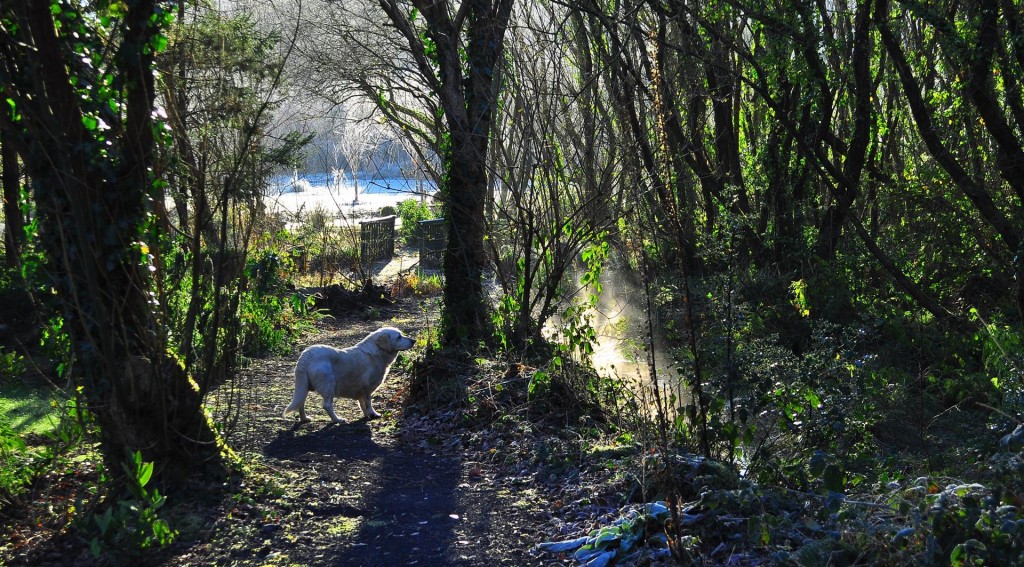
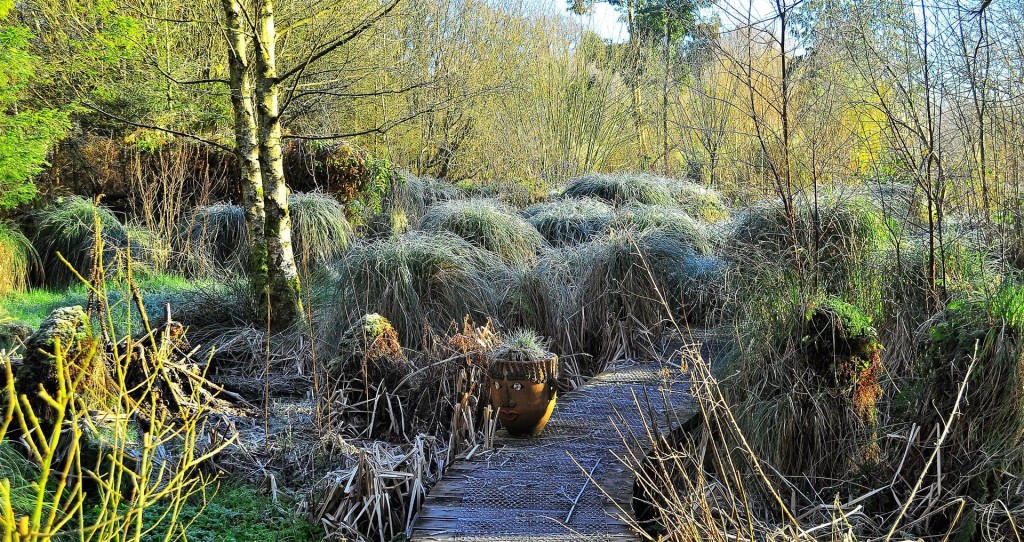
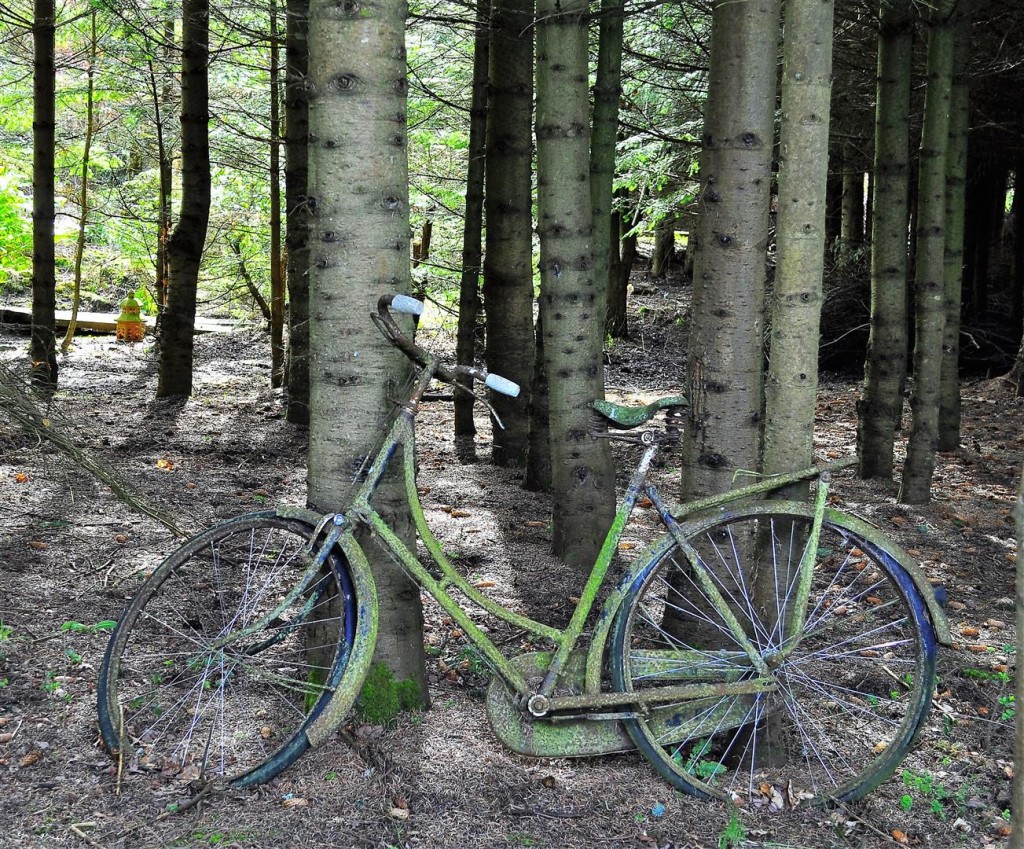
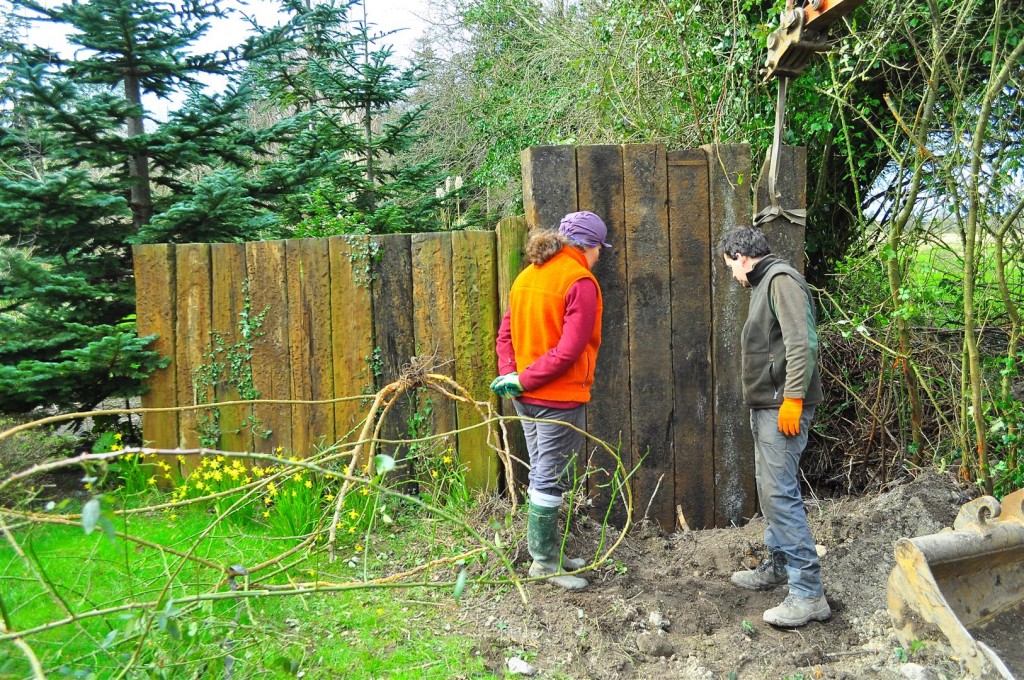

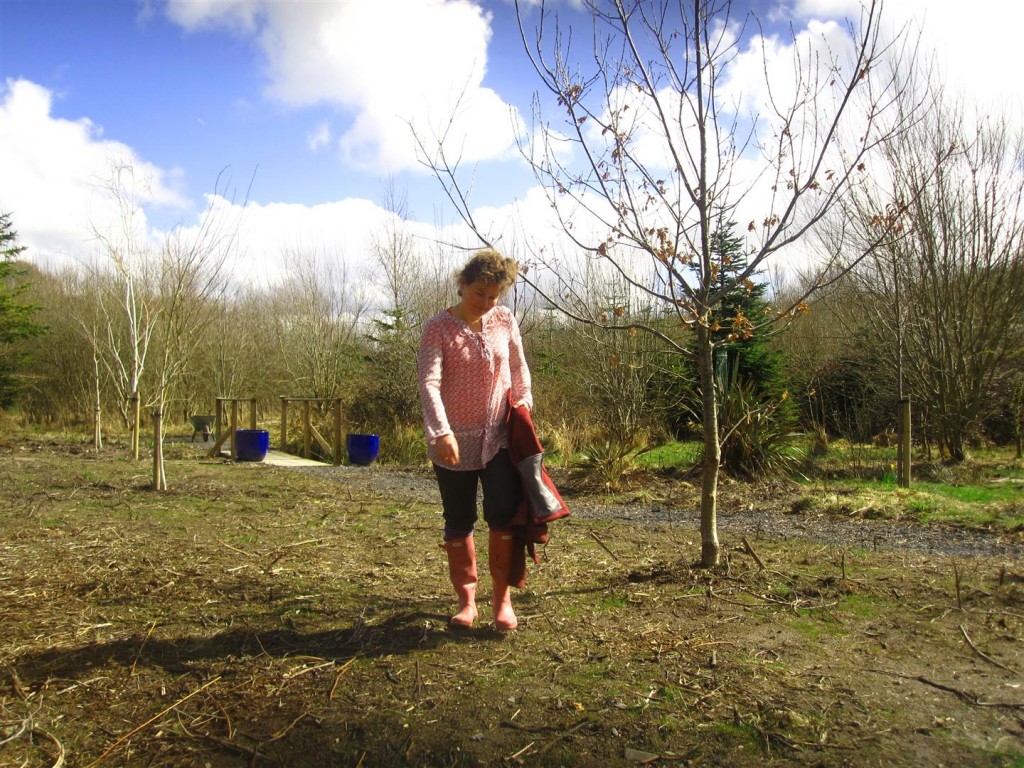
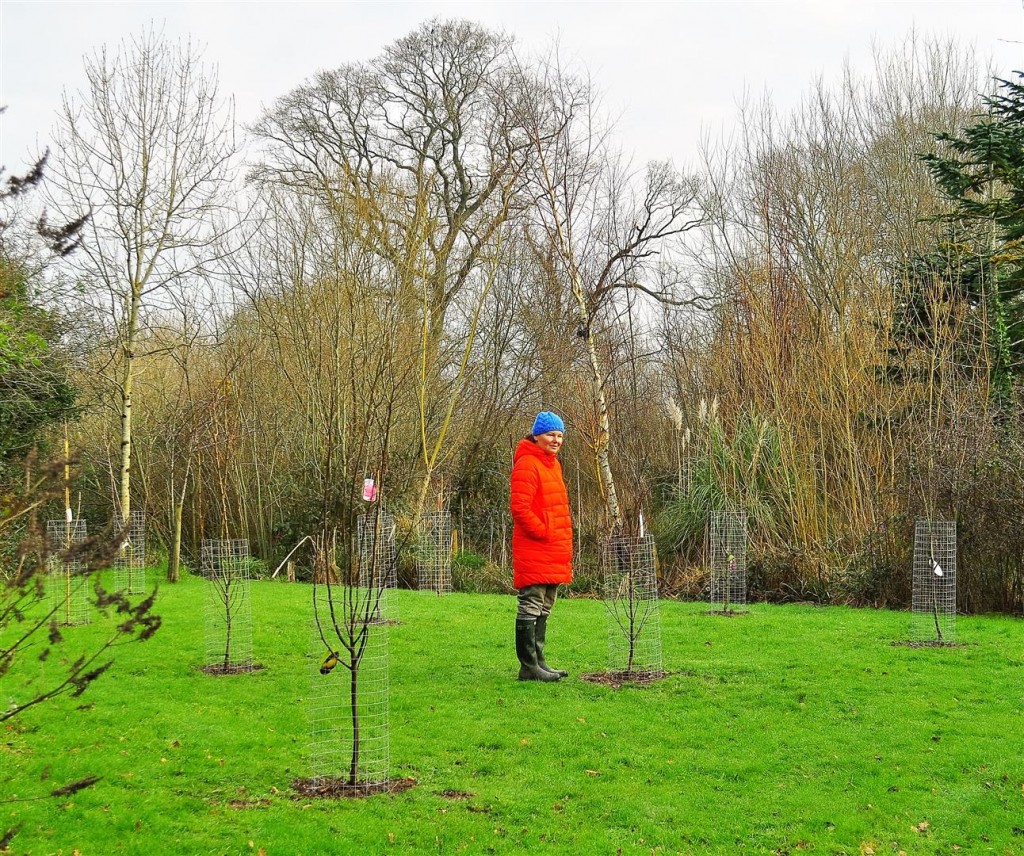
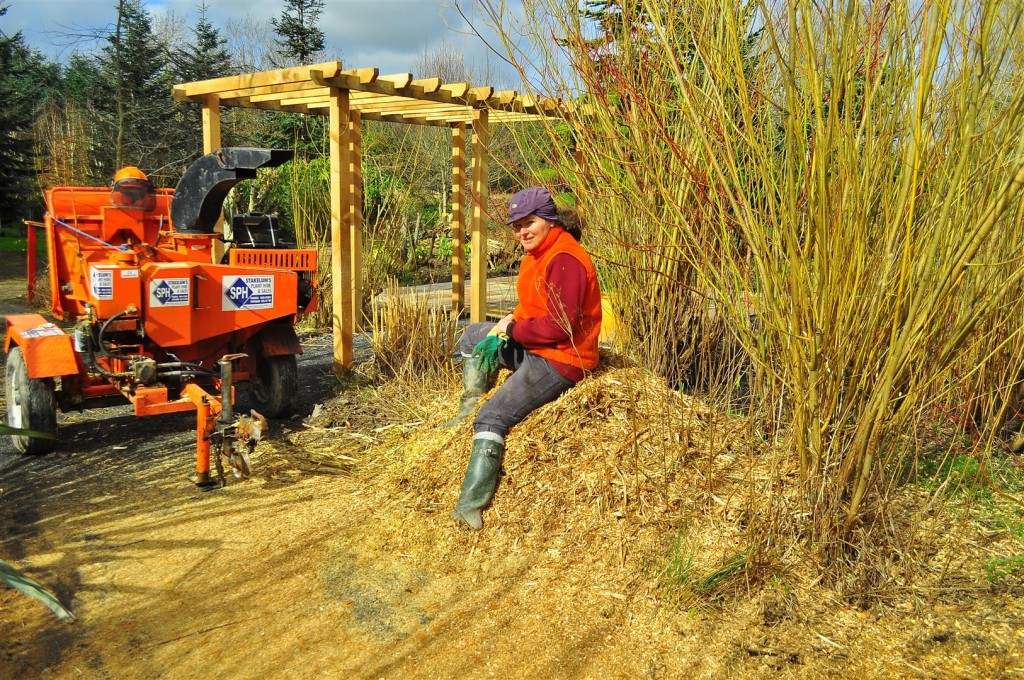
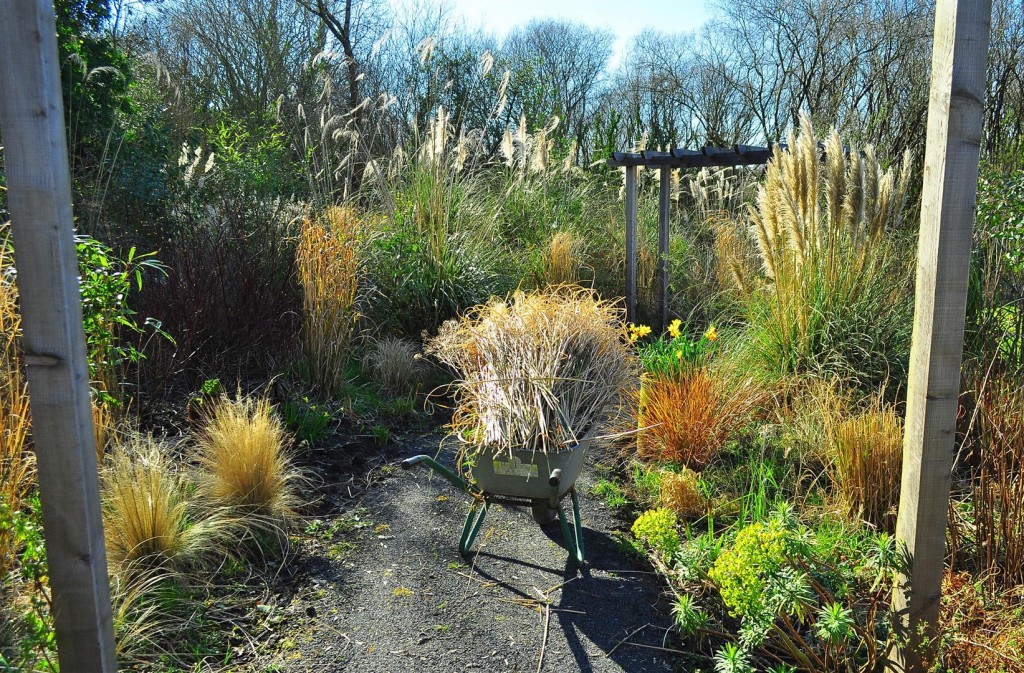
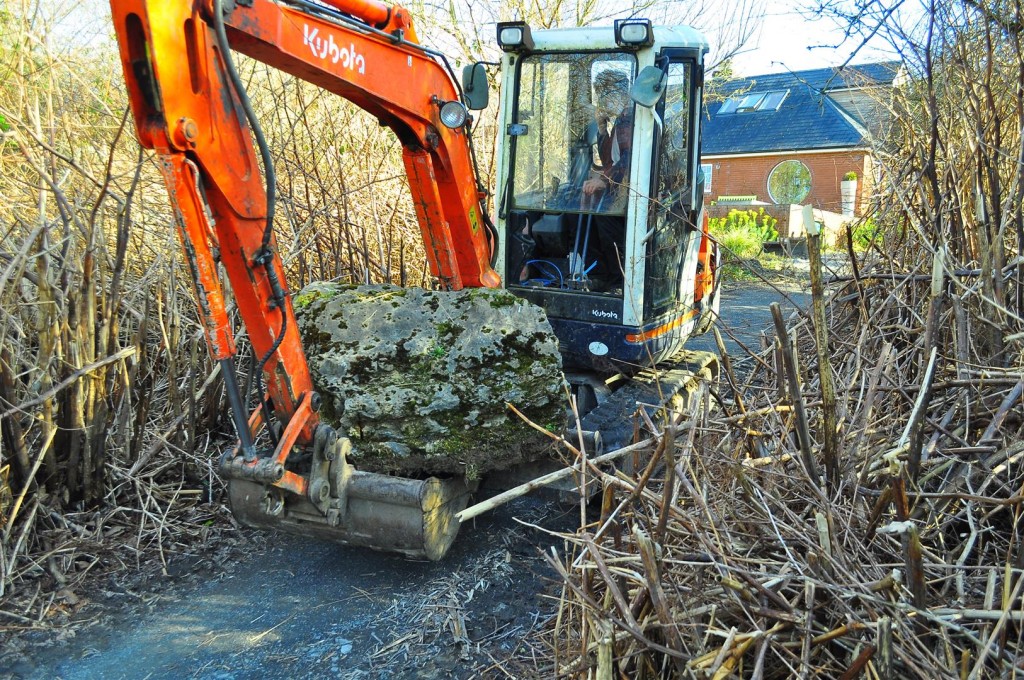
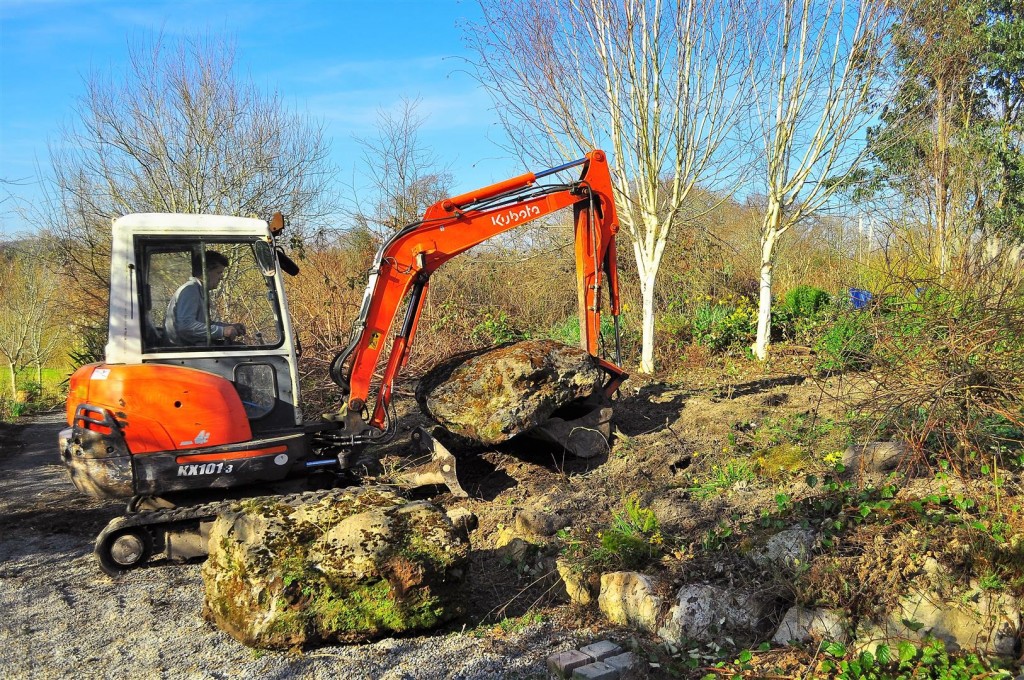
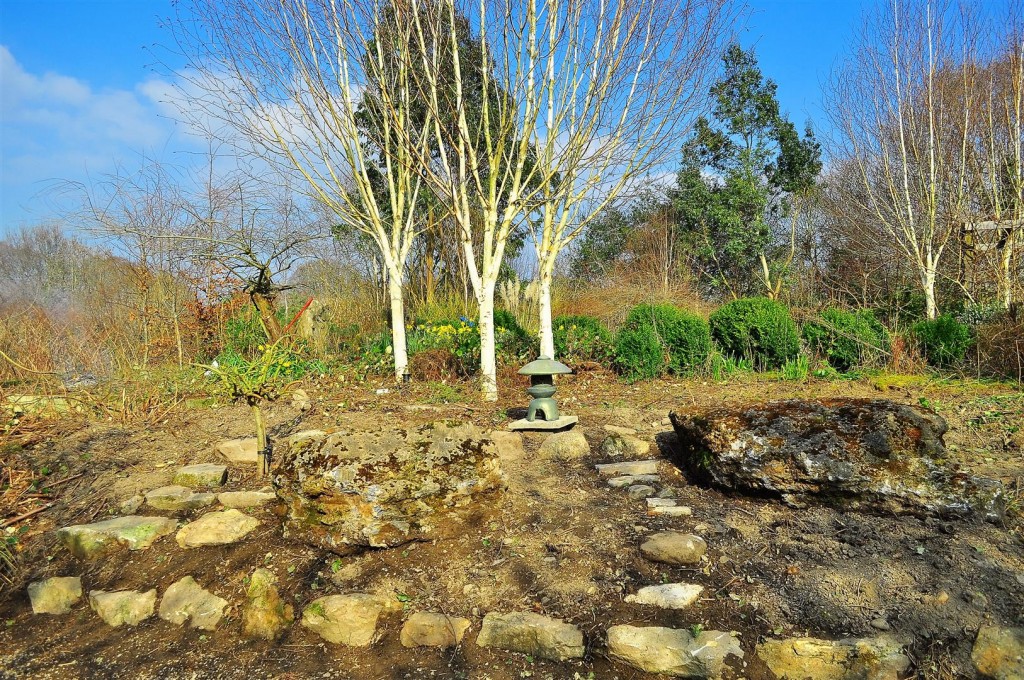
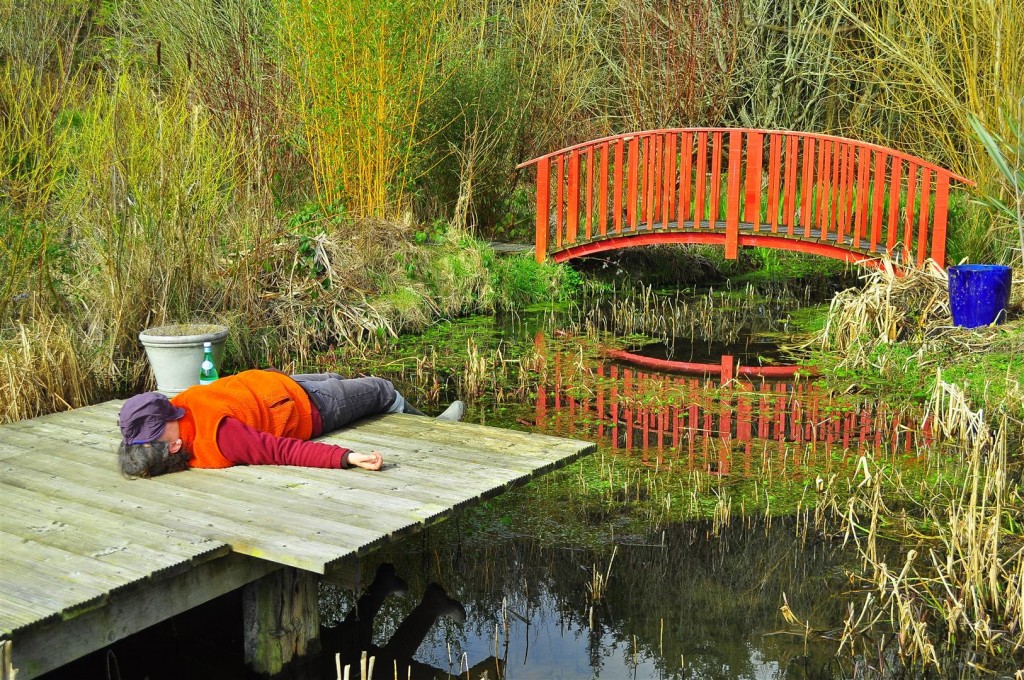

Leave a Reply